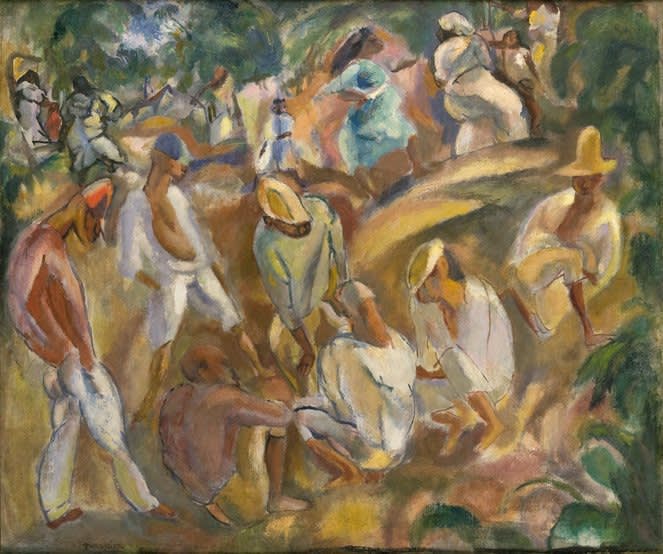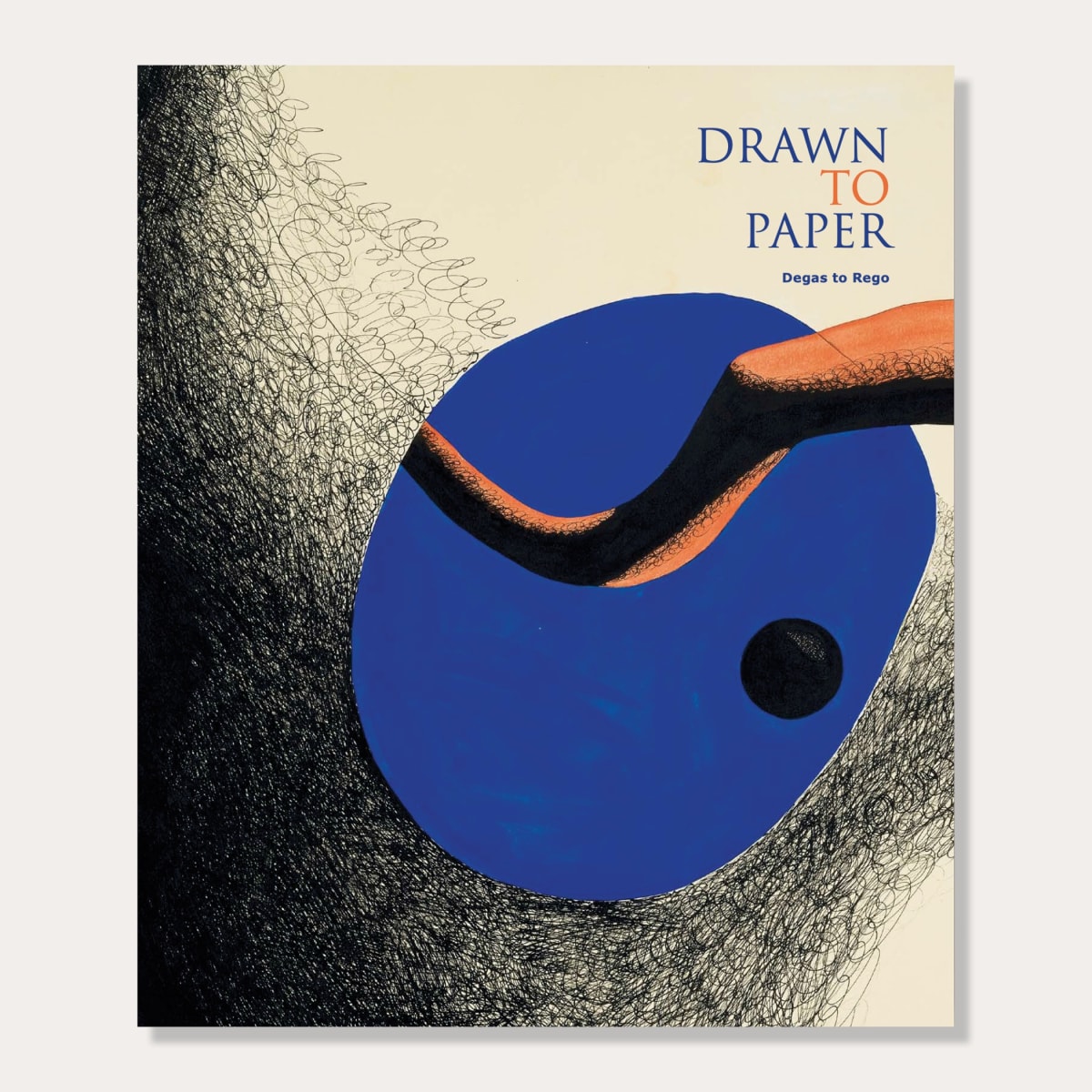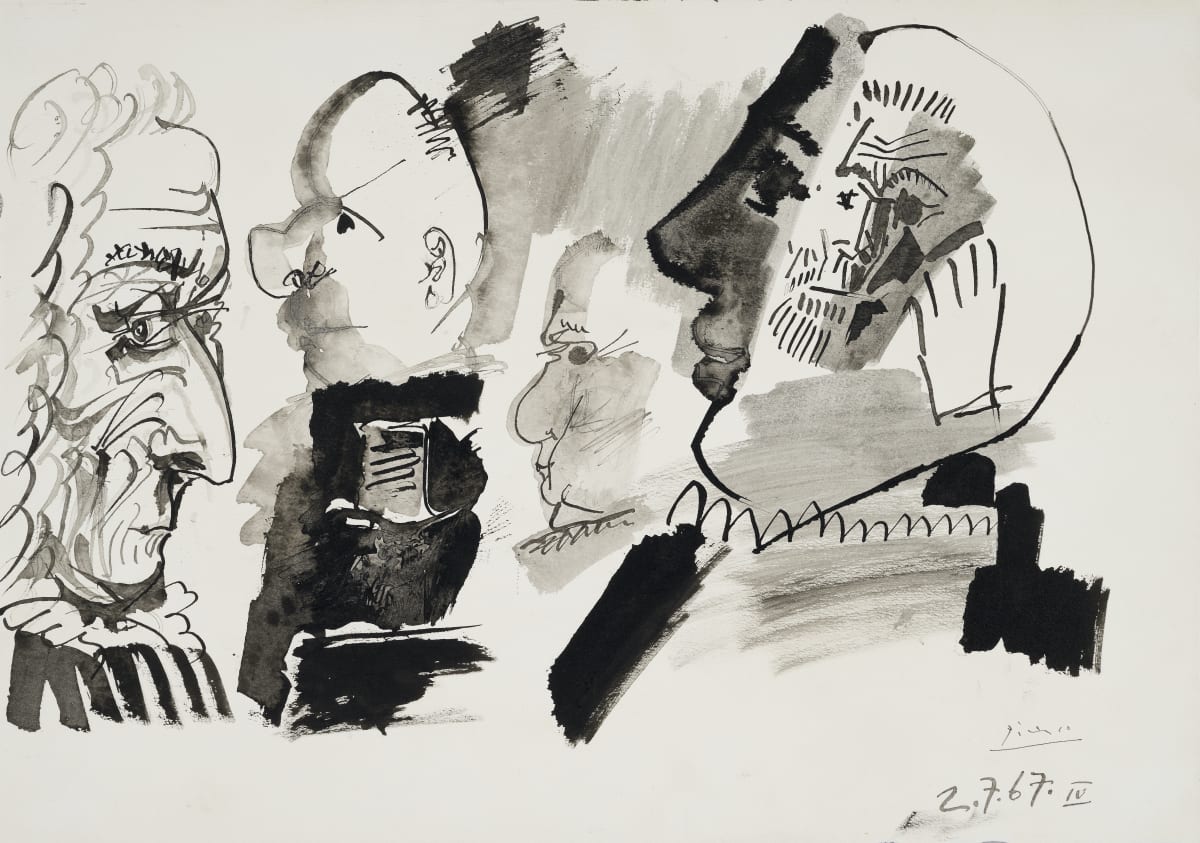Jules Pascin
The gallery handles, acquires and advises on works by Jules Pascin. For more information or the availability of work, please contact the gallery.
Jules Pascin (1885 - 1930)
Jules Pascin's mother was Italian and his father a prosperous Spanish corn merchant established in Bulgaria. He spent part of his childhood in Bucharest, where the family moved in 1891, and attended secondary school first in Kronstadt (now Brasov), then in Vienna in 1895. He left the family home in 1902 (allegedly because of a liaison with a courtesan) and started studying painting. From 1903 to 1904 he attended the Moritz Heymann School of Art in Munich, and while he was there, he sold cartoons to satirical journals and humorous magazines such as Simplicissimus and Jugend. He studied briefly in Berlin where he befriended the Dadaist George Grosz.
In 1905, at his parent's request, he changed his name to Pascin, an anagram of his surname. At the end of that year, he went to Paris and settled in Montparnasse where he joined the cosmopolitan artistic circle. He frequented the Café du Dome with such artists as George Grosz and Rudolf Grossmann and continued to work for German publishing houses. In 1910 he travelled to Spain and Portugal, and in 1913 returned to Bulgaria for the last time to attend his mother's funeral. In 1914 he moved to London, then to New York, probably to avoid being enlisted in the Bulgarian army. In New York, he turned to illustration again as a means of income and became part of the artists' circle based around the Penguin Club. He travelled extensively in the Southern states (Louisiana, North Carolina and Florida) and in Cuba, married the painter Hermine David in 1918, and became an American citizen in 1920. He returned to Paris at the end of 1920 and stayed for the best part of a decade, leading a hedonistic life in both Montparnasse and Montmartre, and becoming a major figure of the École de Paris and the so-called Roaring Twenties. He travelled to Tunisia in 1921, to Italy in 1925, and to Egypt the following year, on his way to Palestine. He returned only briefly to New York in 1927-1928. He travelled to Spain and Portugal in 1929 and signed a contract with the Galerie Bernheim-Jeune & Cie the same year, which gave them exclusivity on all of his output. Unsatisfied with his paintings and the evolution of his career, and suffering from a cirrhosis of the liver and the first bouts of syphillis, he committed suicide in 1930, on the eve of one of his exhibitions.
Text Source: Benezit Dictionary of Artists


